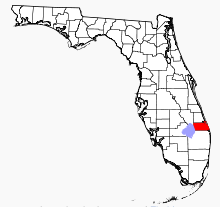DC-Net Expands with Multiple Stimulus Grants
DC-Net, the muni-owned and operated fiber network connecting hundreds of community institutions (schools, libraries, local government buildings), is expanding in scope and mission following three broadband stimulus awards.
But first, to introduce DC-Net, I am excerpting a few paragraphs from my comprehensive report on community networks - Breaking the Broadband Monopoly: How Communities Are Building the Networks They Need."
In 2007, DC-NET began with service to 135 sites, a number that has more than doubled to 280, including 140 school buildings alone. The network also provides connectivity for libraries, public hospitals, community centers, and some Wi-Fi networks. DC-NET staff designed, installed, and have maintained the overwhelming majority of the network. As is common with all these networks, some operations are contracted out (e.g. fiberoptic construction and some aspects of maintenance, such as fixing fiber cuts). DC-Net controls the locks and determines who has access to any part of its network, including key electronics on site in the buildings and elsewhere in the network, providing a high level of security. On the critical issue of reliability, DC-NET has proven impressive. The network has more layers of redundancy than one typically finds with a commercial carrier and the uptime shows it. In the first year of operation, it tallied an impressive record – with only four buildings briefly losing their network connection in three events – an average of 15 minutes of interruption per site for the year. This is far better than the industry standard – in DC-NET’s first year of operation. DC-Net is also more responsive to the needs of its subscribers. Though private companies like Verizon may require a month or even two to connect a new subscriber, DC-NET can do it in as quickly as a week to as long as twenty days. As for the services available, DC-NET will provide service from 2 Mbps -1000 Mbps, allowing subscribers far greater freedom to select the speeds they need than commercial providers offer. This publicly owned network saves DC some $5 million/year compared to the costs of duplicating functionality using leased circuits. Even then, it would not be nearly as reliable due to limits in redundancy from leased lines.


